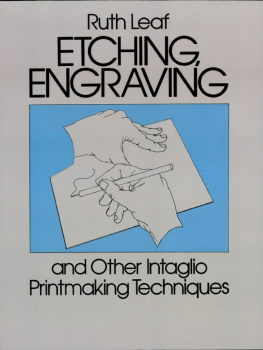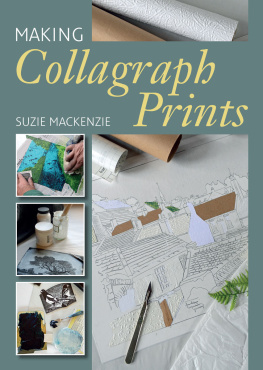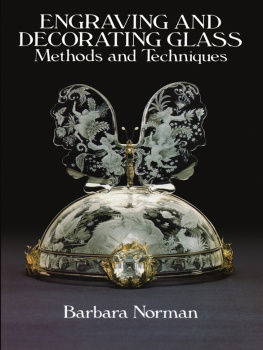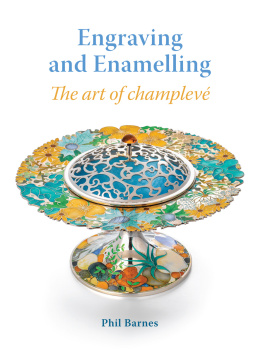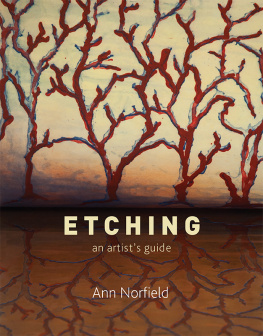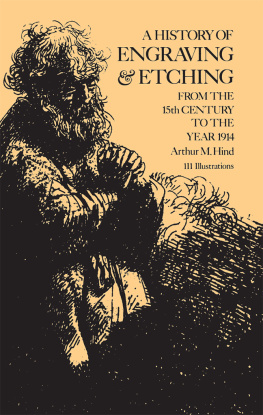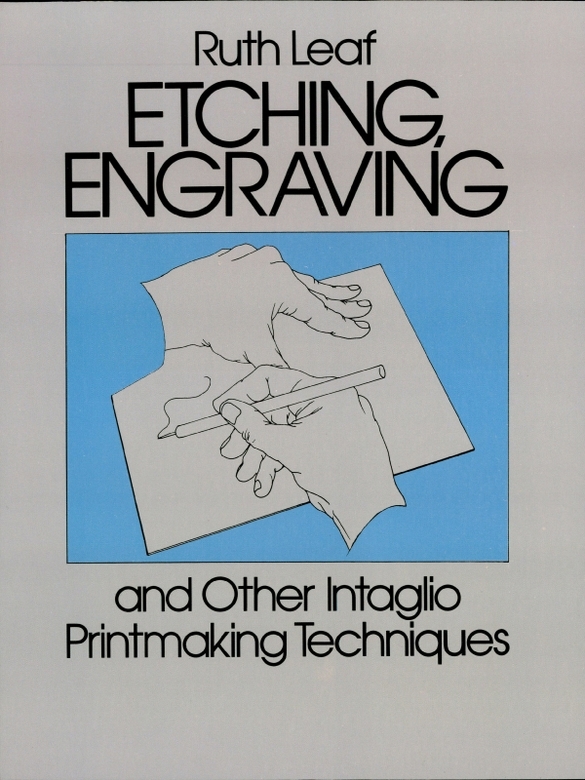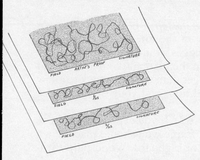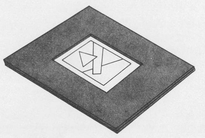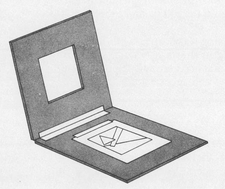Ruth Leaf - Etching, Engraving and Other Intaglio Printmaking Techniques
Here you can read online Ruth Leaf - Etching, Engraving and Other Intaglio Printmaking Techniques full text of the book (entire story) in english for free. Download pdf and epub, get meaning, cover and reviews about this ebook. year: 2012, publisher: Dover Publications, genre: Home and family. Description of the work, (preface) as well as reviews are available. Best literature library LitArk.com created for fans of good reading and offers a wide selection of genres:
Romance novel
Science fiction
Adventure
Detective
Science
History
Home and family
Prose
Art
Politics
Computer
Non-fiction
Religion
Business
Children
Humor
Choose a favorite category and find really read worthwhile books. Enjoy immersion in the world of imagination, feel the emotions of the characters or learn something new for yourself, make an fascinating discovery.
- Book:Etching, Engraving and Other Intaglio Printmaking Techniques
- Author:
- Publisher:Dover Publications
- Genre:
- Year:2012
- Rating:4 / 5
- Favourites:Add to favourites
- Your mark:
Etching, Engraving and Other Intaglio Printmaking Techniques: summary, description and annotation
We offer to read an annotation, description, summary or preface (depends on what the author of the book "Etching, Engraving and Other Intaglio Printmaking Techniques" wrote himself). If you haven't found the necessary information about the book — write in the comments, we will try to find it.
The first part of the book is devoted to a thorough introduction to materials and tools, printing equipment, papers, presseseven how to set up your workshop for maximum safety and efficiency. In Part Two, the author proceeds to a detailed discussion of etching techniques, including formulas for grounds and inks, aquatint, white ground, hard ground, soft ground, sugar lift, and acids.
Once familiar with basic etching techniques, the student is then given precise illustrated instructions in printing techniques, including basic printing, double intaglio printing (the authors own method); color printing and embossing, the viscosity method, and viscosity and aquatint. For each procedure, clear, step-by-step directions cover the process itself, materials and equipment required, and cleanup. An especially helpful what went wrong section at the end of each chapter diagnoses problems and offers solutions.
In Part 4 Ms. Leaf details other mediums and methods: drypoint, notable for its characteristic velvety dark lines; engraving, one of the earliest forms of expression known to man, dating back to prehistoric times; collagraphs, plates made in the same way as collages and then printed; and the Blake Transfer Method, adapted from a technique developed by the English artist and poet William Blake (17571827).
A final Appendix treats such ancillary topics as framing and matting prints, storage, agents, and where to sell and show your work. Enhanced with over 220 illustrations, including works by Rembrandt, Callot, Drer, Goya, and Brueghel, and a wealth of illustrative figures and photographs, this precise and detailed manual belongs at the side of any serious printmaker, novice, or ink-stained veteran.
Excellent, comprehensive . . . superbly organized. AB Bookmans Weekly.
Ruth Leaf: author's other books
Who wrote Etching, Engraving and Other Intaglio Printmaking Techniques? Find out the surname, the name of the author of the book and a list of all author's works by series.

